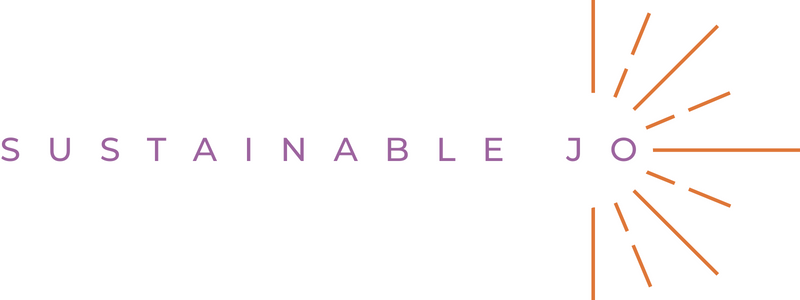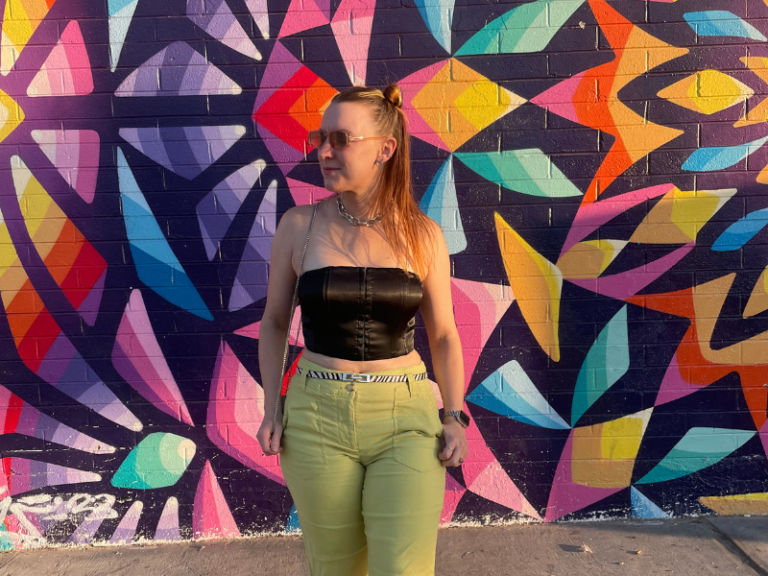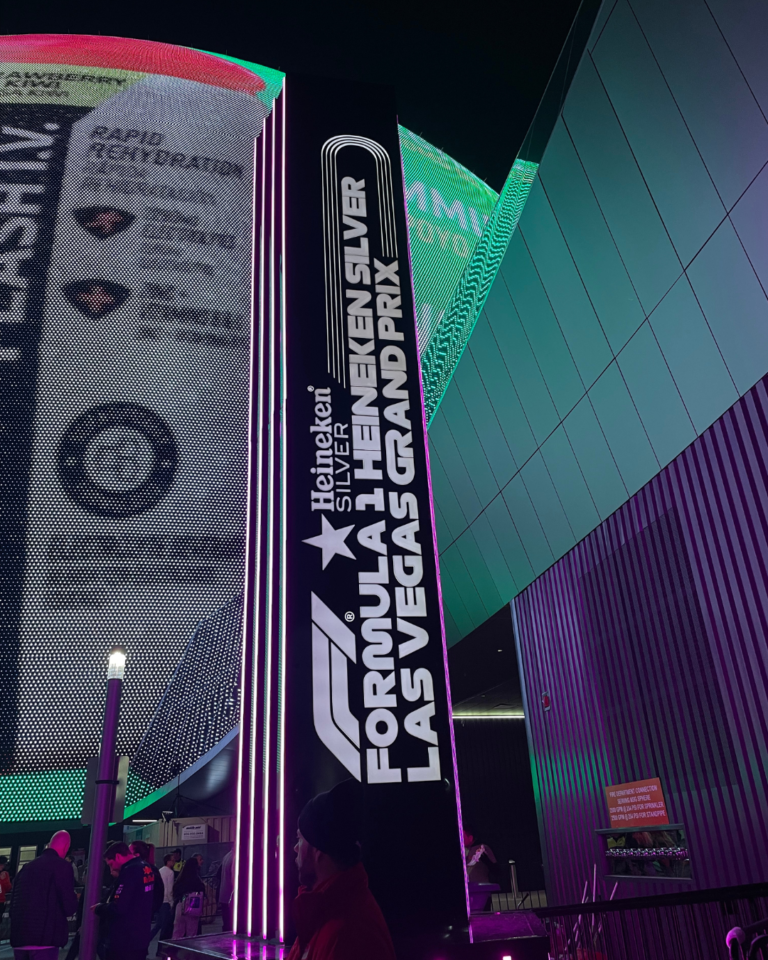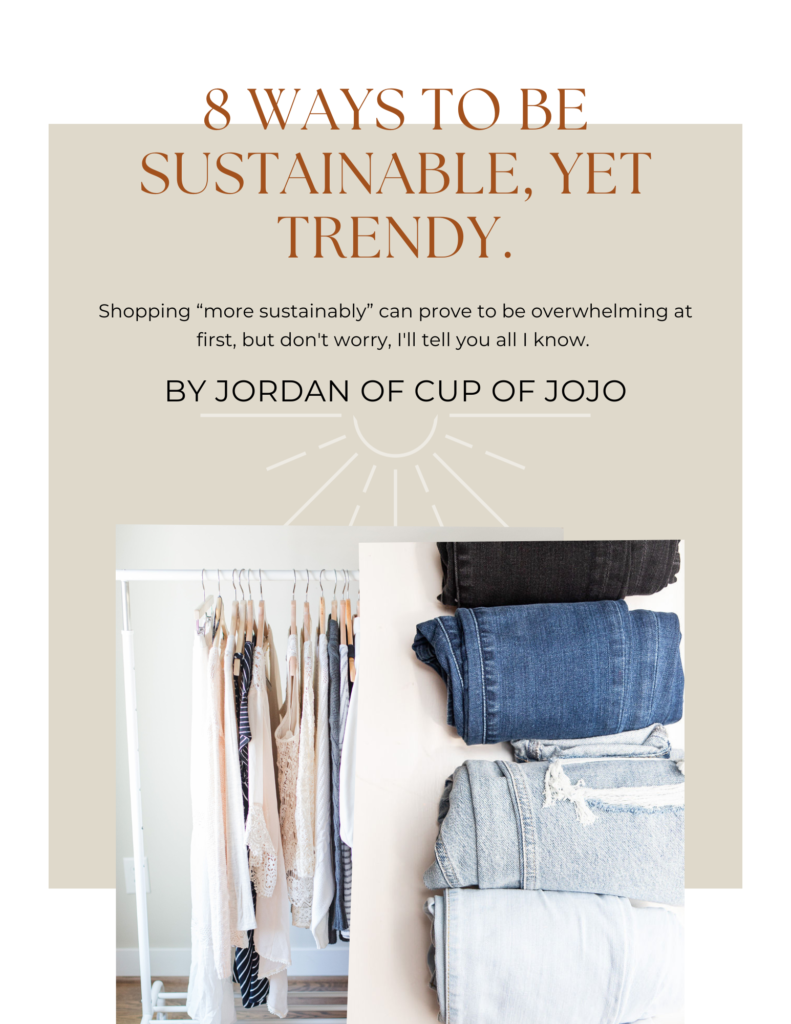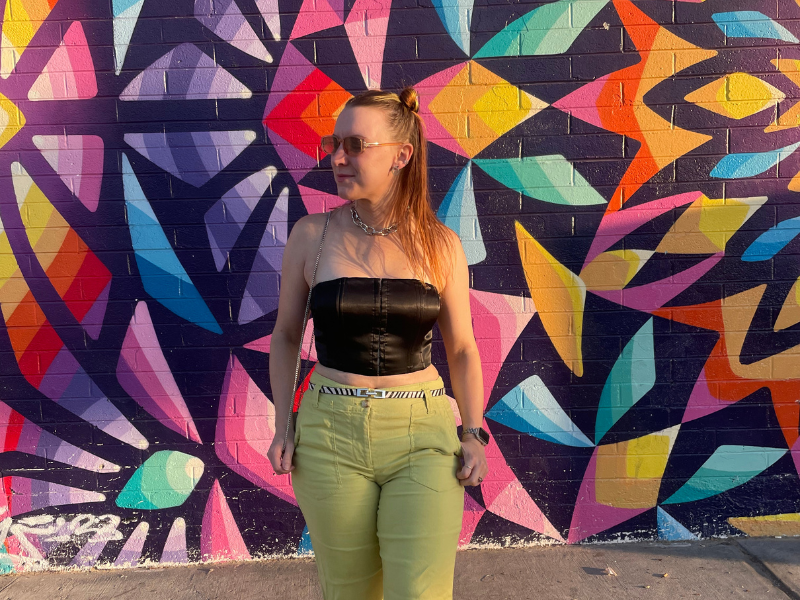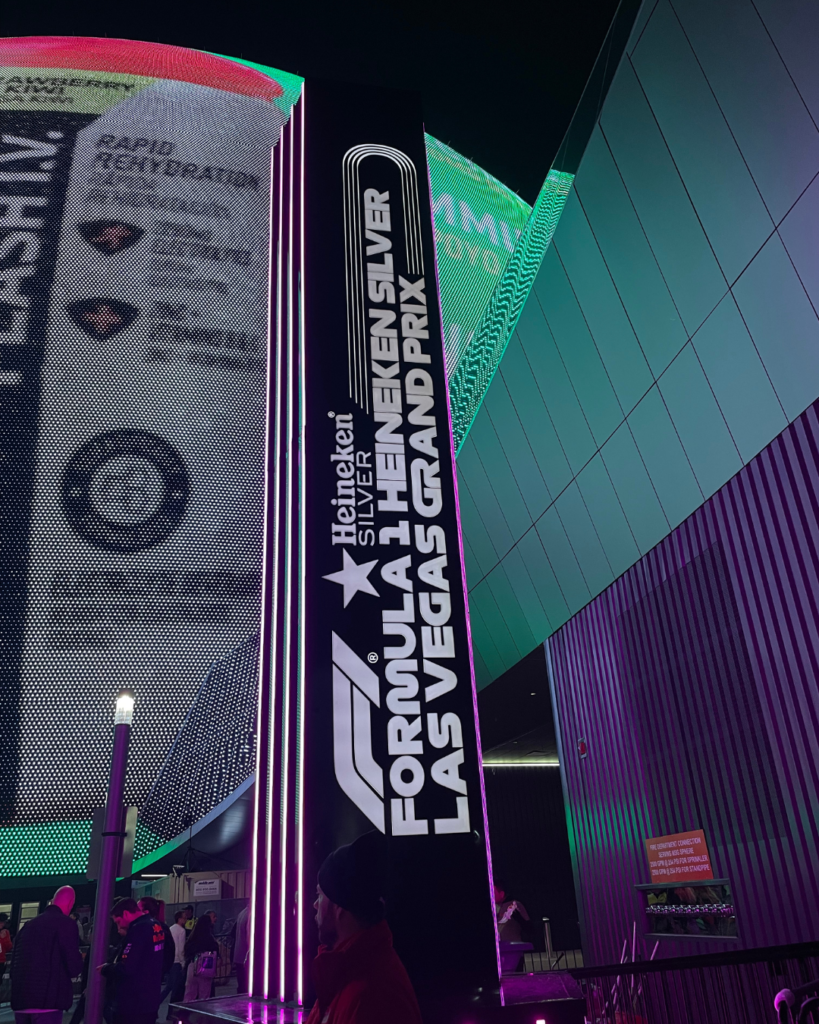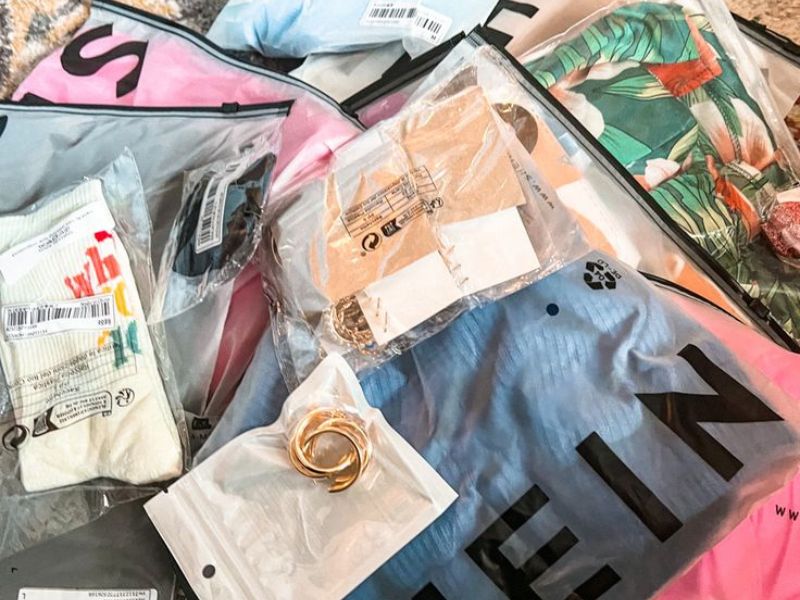
In the dazzling world of fast fashion, Shein stands out not only for its trendy and affordable clothing but also for the dark side of fast fashion, it casts on both the environment and the lives of its workers. Let’s delve into the alarming facts that make Shein one of the worst polluters in the fast fashion realm and highlight the exploitation embedded in its production practices.
The Environmental Toll: Shein’s Fast Fashion Footprint
Excessive Waste and Overconsumption
What is fast fashion, and why is it bad? Shein’s fast fashion model relies on the rapid turnover of trends, resulting in an astronomical amount of clothing waste. The “wear once and discard” culture perpetuated by Shein contributes significantly to the global issue of textile waste, overwhelming landfills and harming the environment.
According to the Global Fashion Agenda, the fashion industry is responsible for 4% of global waste each year, and Shein’s high-volume, low-cost model undoubtedly plays a significant role in this staggering statistic. The constant churn of styles encourages consumers to frequently update their wardrobes, creating a cycle of disposability that has far-reaching environmental consequences.
Questionable Production Practices
Shein’s manufacturing processes really highlight the dark side of fast fashion. They often involve the use of toxic chemicals and unsustainable resource extraction. A report by the Changing Markets Foundation revealed that textile dyeing and finishing processes, commonly used in fast fashion production, are responsible for significant water pollution. The study also highlighted Shein’s lack of commitment to eco-friendly practices, placing it among the worst offenders in the industry.
The Fashion Revolution’s Fashion Revolution Index, which assesses brands based on their transparency and sustainability efforts, consistently ranks Shein poorly. The lack of clear information on sourcing and production methods makes it difficult for consumers to make environmentally conscious choices when purchasing from Shein.
It makes you wonder what is the root problem of fast fashion?
Lack of Transparency
One of the significant challenges in assessing Shein’s environmental impact is the lack of transparency in its supply chain. Without clear information on sourcing and production methods, it becomes challenging to measure the full extent of the brand’s ecological footprint.
In a 2021 study conducted by the Environmental Justice Foundation, Shein was among the brands found to lack transparency regarding their supply chain, making it challenging for consumers to assess the environmental impact of their purchases. The study emphasized the importance of brands disclosing information about their suppliers, manufacturing processes, and efforts towards sustainability.
If you’re looking to be more trendy buT sustainable, download my guide here!
Exploitative Labor Practices: The Human Cost of Cheap Fashion
Low Wages and Poor Working Conditions
Shein’s low price tags conceal a darker truth – the company exploits workers. Reports indicate that Shein has affiliations with factories that pay extremely low wages, often in countries with lax labor regulations. The pursuit of low production costs results in poor working conditions, violating basic labor rights.
Australian media outlet Four Corners exposed the deplorable working conditions in Shein’s supplier factories in their documentary “Breaking the Silence.” The documentary unveiled instances of workers in Bangladesh earning as little as $1.12 per hour and toiling in hazardous conditions. This revelation highlights the human cost of fast fashion and raises ethical concerns about Shein’s supply chain.
Ethical Concerns in the Supply Chain
Ethical concerns have cast a shadow over Shein’s supply chain, with allegations of forced labor drawing particular scrutiny. This aspect is what deems it the darker side of fast fashion. The pressure to produce at an unprecedented pace frequently leads to cutting corners, jeopardizing the well-being and rights of the workers involved.
A comprehensive investigation by the Clean Clothes Campaign implicated Shein, along with other fast fashion brands, in labor rights violations within Asian garment factories. The report outlined issues such as excessive working hours, low wages, and the suppression of workers’ rights to organize. Exploitative practices like these contribute to the brand’s ability to maintain low production costs.
Connecting the Dots: Cheap Clothes, High Costs

The allure of Shein’s cheap clothes becomes unsettling when we connect the dots between environmental degradation and labor exploitation. The true cost of those budget-friendly fashion finds is borne by the planet and the individuals toiling in the supply chain.
The Rana Plaza tragedy in 2013, which saw a garment factory collapse in Bangladesh, resulting in the death of over a thousand workers, drew global attention to the hazardous conditions faced by those involved in fast fashion production. While Shein wasn’t directly implicated in this incident, it underscored the broader issue of worker exploitation in the industry.
Shein’s status as one of the worst polluters in the fast fashion world is closely linked to its unsustainable production practices and the exploitation of workers. The allure of cheap fashion comes at a high cost, both environmentally and ethically. Recognizing this hidden price is crucial for consumers in making informed choices and advocating for a more sustainable and ethical fashion industry.
Expanding our awareness, supporting ethical alternatives, and demanding transparency from brands like Shein can contribute to a positive shift in the fashion landscape. By acknowledging the true cost of fast fashion, we empower ourselves to make choices that align with our values and contribute to a more sustainable and fair future for the fashion industry.

